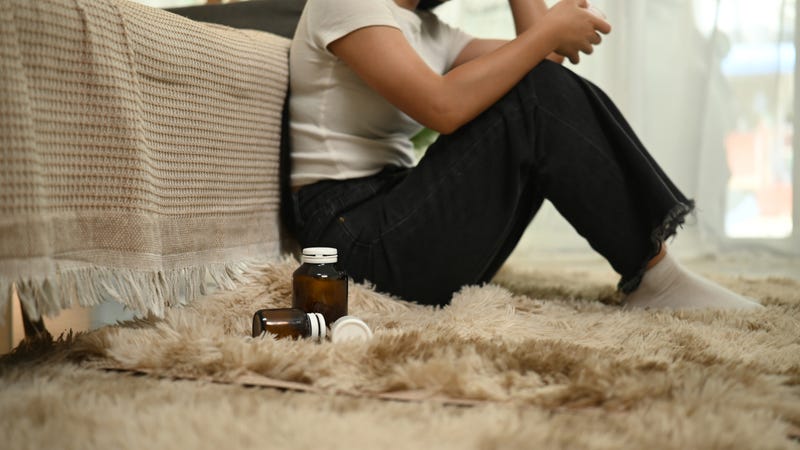
According to 2023 data from the Substance Abuse and Mental Health Services Administration (SAMHSA), approximately 977,000 Minnesotans were classified as needing substance-use treatment, but one in ten received treatment.
While there are many reasons why, Dr. Steve Delisi, chief medical officer of YourPath Health, says one stands out.
“When people are considering reaching out for help, they’re so afraid of the withdrawal and they don’t know if they can do it or if they’ll be successful,” said Delisi. “It holds them back, but these medications can help get us over that barrier and help the individual have hope.”
Delisi says YourPath is one of several resources in the Twin Cities offering medications to support recovery from opioids like heroin, painkillers or even fentanyl. These medications are sometimes referred to as MOUD which stands for medication for opioid use disorder and is an evidence-based treatment that combines FDA-approved medications with psychotherapy.
“When you combine these FDA-approved medications with therapy, counseling and support groups, it’s been shown time and time again to reduce return to use,” Delisi said.
The three medications are methadone, buprenorphine (Suboxone, Subutex, Sublocade, Brixadi, and naltrexone (Vivitrol), each working differently to block or reduce the effects of opioids.
Methadone has been used in the treatment of addiction since the 1960s. While it works in the brain similarly to other opioids, its effects are much slower and far less rewarding. The idea is to reduce the severity of withdrawal symptoms and cravings.
“It’s similar to how we use insulin with someone who has diabetes but is not making their own insulin,” Delisi explained. “It replaces that which is missing or is altered in someone who has had a long-term opioid use disorder.”
Buprenorphine (Suboxone) is a medication you take under your tongue every day or as a weekly or monthly shot, and it works in the same areas of the brain that heroin or fentanyl does, but it only activates the brain about 40-45%.
Buprenorphine is different from methadone and other opioids because it is a partial opioid agonist. It binds to the same receptors as opioids, but it doesn’t fully turn them on like opioids do. Methadone is a full opioid agonist; it binds to opioid receptors and has the same effects as other opioids, except it works slowly and lasts longer to help with withdrawal and cravings and stabilizes brain chemistry. Buprenorphine is also used to stabilize the brain, reduce withdrawal symptoms, and reduce cravings.
The longer someone is on one of these medications, the more likely they are to engage in other treatment and recovery activities and refrain from using illicit opioids.
The third medication, naltrexone, is an injection in the muscle once a month. It blocks the opioid sites in the brain so opioids can’t have an effect. This medication is often used for those who have already completed withdrawal and want to avoid opioids entirely.
The medications are helping ease barriers, like painful withdrawal symptoms and overwhelming cravings, for Minnesotans struggling with opioid use disorder. “When we start a medication, we see them having more confidence in themselves and the rest of their treatment.”
Delisi said the first step to seeking medications for opioid use disorder is to start with your primary care physician or pediatrician, who will have resources and some can even prescribe medication. YourPath is also an option.
You can learn more by visiting here or text 833-454-9209.
